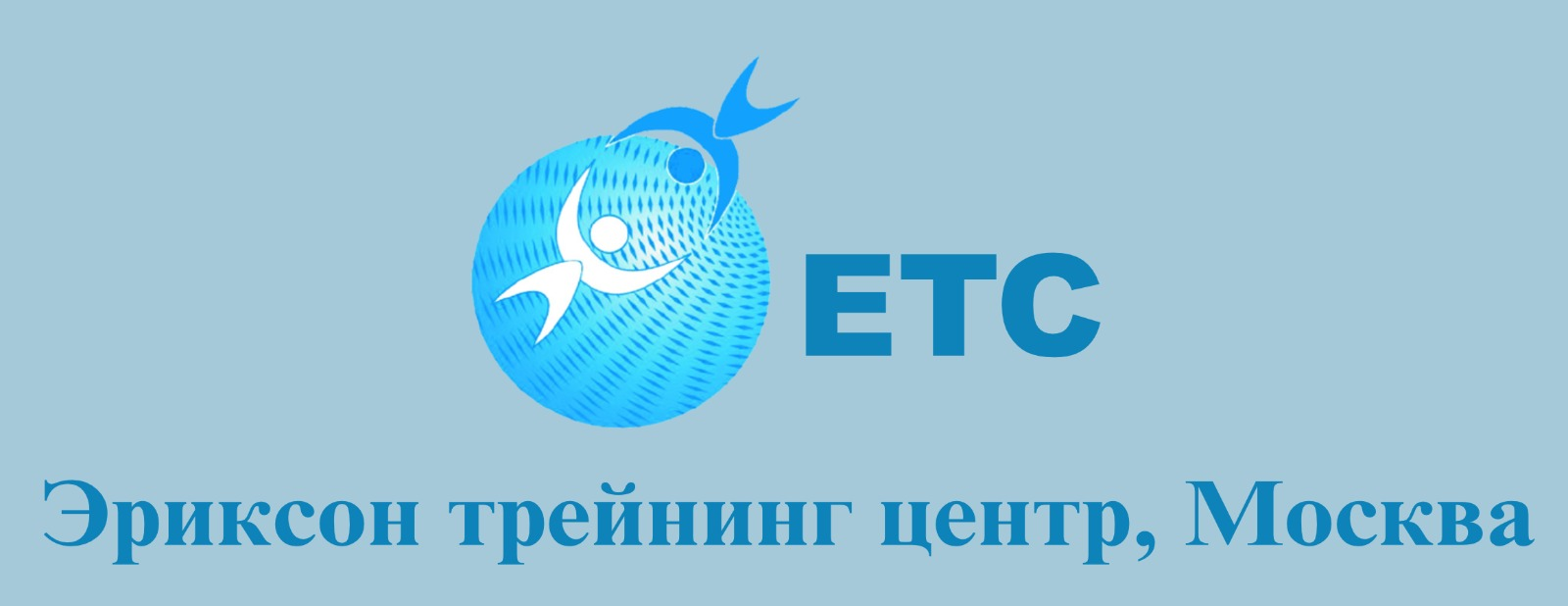Description
Do you want to have a detailed understanding of the Ericsson Voice over LTE (VoLTE)
solution with a focus on E-UTRAN?
The course describes the basic VoIP theory, MMTel/IMS/EPC Overview, IMS Signaling in
an overview, E-UTRAN functionality and features for VoLTE support and VoIP Radio
Network Dimensioning. During the course students will get exposure to VoLTE call traces
and statistics from live networks to enhance the learning experience. All this, together with
end-user considerations and call procedures will definitely boost your competence and
understanding of VoLTE.
Learning objectives
On completion of this course the participants will be able to:
1 Explain the basic idea of VoLTE, including basic VoIP theory
1.1 Explains codecs and protocols used for VoIP
2 Explain, on an overview level, the end-to-end support and QoS for VoIP in EUTRAN,
EPC and IMS
2.1 List the main principles in Ericsson E-UTRAN, EPC and IMS for VoIP support
2.2 List the QoS requirements for voice and VoLTE
2.3 Explain the usage of EPS Bearers and APNs for VoLTE
2.4 Explain PCRF, PCEF and MME QoS concept
2.5 Summarize the IMS Signaling
2.6 Explain end-to-end call procedures
2.7 Explain end-to-end QoS assurance and measurements such as Mean Opinion Score
(MOS) and total delay
3 Detail the E-UTRAN functionality and features from a VoIP perspective
3.1 Explain the QoS framework
3.2 Describe the protocol handling of VoIP traffic
3.3 Describe how the RAN scheduling features support VoLTE
3.4 Explain the RAN Capacity Management impact on VoLTE
3.5 Describe some of the RAN mobility features that impact VoLTE
3.6 List positioning methods
3.7 Describe VoIP observability
Target audience
The target audience for this course is:
Service Design Engineer, Network Design Engineer
Prerequisites
Successful completion of the following courses:
LTE/SAE System Overview
LTE L17 Air Interface
LTE L17 Protocols and Procedures
LTE L17 Radio Network Functionality
LTE L17 Network Design
Duration and class size
The length of the course is 2 days and the maximum number of participants is 16.
Learning situation
This course is based on theoretical instructor-led lessons and theoretical exercises given in
a classroom environment.
Time schedule
The time required always depends on the knowledge of the attending participants and the
hours stated below can be used as estimate.
Day Topics in the course Estimated
Time (hours)
1
Introduction to VoLTE 2.0
VoLTE End-to-end Solution 4.0
2
E-UTRAN features and functionality 5.0
End-to end considerations and discussions 1.0

